News
The Search for a Meaningful Clue to the Mystery of an Enslaved Ancestor
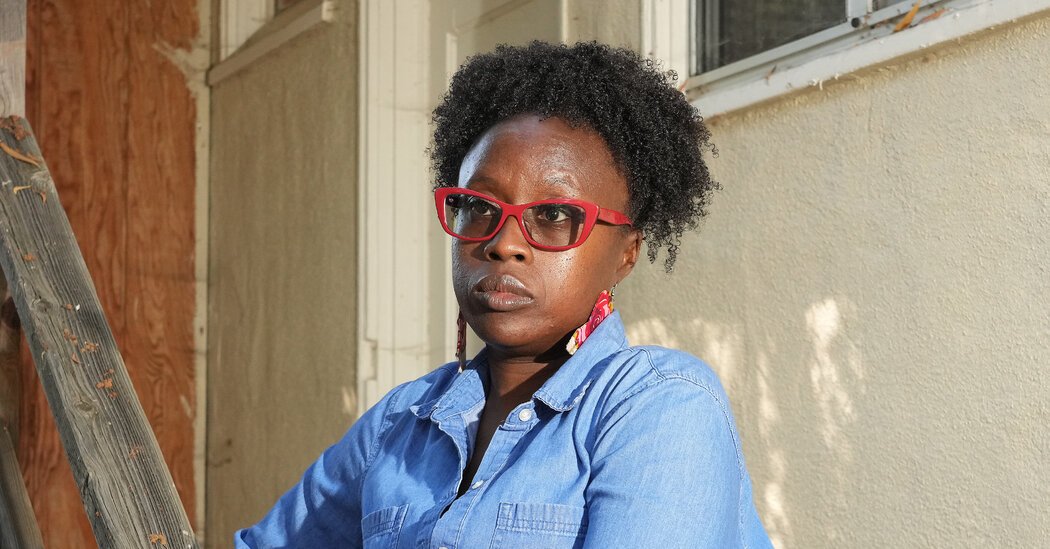
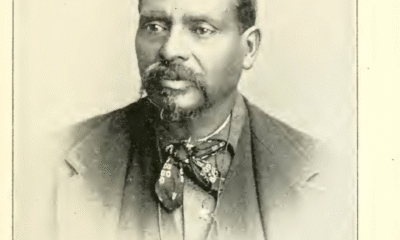
My ancestors were full-blooded Indians … until the census said otherwise
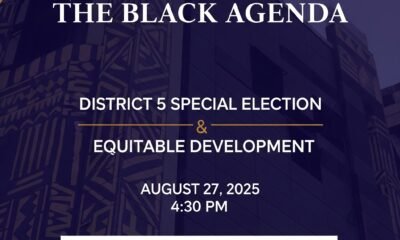
Voices of West Tampa: District 5 Special Election Forum, Aug. 27th

From Illinois to Texas, CTU President Stacy Davis Gates Leads Largest African American Parade in the Country Amid National Education and Democracy Attacks
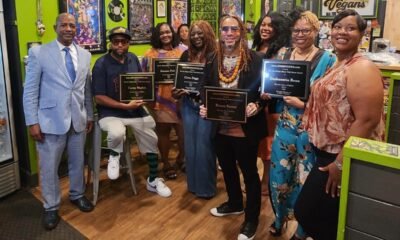
The Rebirth of BlackUSA.News

Politics26: Where Real Talk Meets Real Change :: LIVE Wednesdays at 6pm

Ever Heard of Atlanta’s Russell Innovation Center for Entrepreneurs (RICE)?
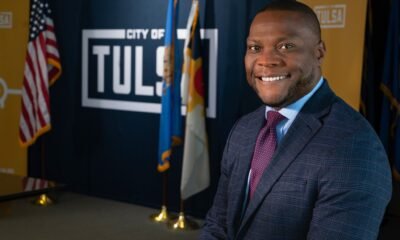
BEO Profile: Tulsa Mayor Monroe Nichols, IV

Why the Sydney Sweeney “Great Jean(s)” Ad Sparks Accusations of Racial, Eugenic Messaging

Mandy Bowman and the Rise of Black Women in Business: A Testament to Tenacity and Transformation

🏈 MEAC/SWAC Kickoff 2025: North Carolina Central Eagles vs Southern Jaguars

Lincoln University Football Media Day 2025 | HBCU Original x Runway to Purpose x Under Recruited
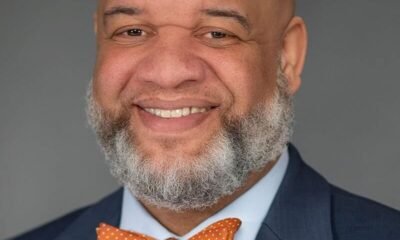
N.C. A&T Alumnus Named 2025 Wells Fargo N.C. Principal of the Year
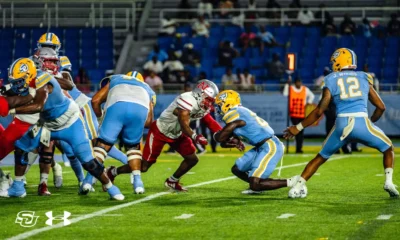
2025 HBCU Homecoming Games: The Ultimate Football Celebration by Conference! Howard vs. Morgan, Oct. 25th

NC A&T Students Bring Artistic Vision to National Stage Through HBCU Art Exchange

Secretary-General Gravely Alarmed by Israel’s Decision to Take Control of Gaza City

Security Council Press Statement on Situation in Democratic Republic of Congo
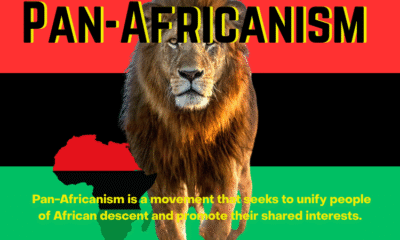
One God. One Aim. One Destiny: Africa’s Past, Present, and Future

Africa Exploratory Trade Mission to Morocco & Ghana, October 24, 2025 – November 1, 2025

South Africa, Sanctions, and the Politics of Global Punishment
Published
3 years agoon

This article is also a weekly newsletter. Sign up for Race/Related here.
In the 1880s, Edward Taylor reached out to the editors of a weekly Black newspaper in New Orleans. Born into slavery, he had fought in the Civil War and established himself as a blacksmith when freedom came. He had a wife, six children and his own plot of land in a community near a winding stream known as the Bayou Maringouin.
But Mr. Taylor never forgot what he had lost during his decades in bondage. So he placed an advertisement in the Southwestern Christian Advocate. “I wish to inquire for my people,’’ he wrote.
Mr. Taylor was about 11 when he was sold away from his sister and three brothers in Maryland and sent to Louisiana. As a middle-aged man, he still remembered their names — Charlotte, Noble, William and Reverda — and the anguish of that forced separation. He joined thousands of Black people who placed notices in local newspapers in hopes of finding relatives after Emancipation. There is no record that he ever received a response.
More than a century later, Mr. Taylor’s descendants and two genealogists are using the information in his ad to try to reunite his family, one of the many Black families splintered by the American slave trade. I’m sharing his story with you because I believe that someone out there might have the missing clues that could finally bring the Taylors back together.
In recent years, historians have digitized a trove of the ads, which appeared in more than 260 newspapers, offering a rare glimpse of the aspirations of the newly emancipated and an invaluable online resource for Black families searching for their ancestors.
Black people across the country were determined to reconstitute families shattered by slavery, and the ads reflected their “extraordinary will to keep searching for one another, despite all of the odds,” said Judith Giesberg, a historian at Villanova University and the director of an archive entitled Last Seen: Finding Family After Slavery, a digital collection of more than 4,500 of the ads.
Mr. Taylor’s great-great-great granddaughter, Taiwo Kujichagulia-Seitu, learned about the ads in May. She had hoped to find more about her enslaved ancestors but thought it was unlikely she would find anything they had written. Enslaved people were typically barred by law from learning to read and write. So finding his words in the newspaper, she said, felt “overwhelming and emotional.”
“You put me here at this time for a reason, so that I can complete this process of reuniting our family,’’ she said, describing her prayers for guidance in her search. “Even though he’s not around to see it, it would be a sense of completion to put those pieces in place, to put our family back together.’’
Mr. Taylor placed the first ad seeking his siblings in 1885. He placed a second in 1889, which included his parents, who managed to escape from slavery in 1842 but were unable to save their children. (Mr. Taylor’s older brother’s name is spelled Revida in one ad and Reverda in another.)
“My father’s name was Moses Taylor, my mother’s Eliza,’’ Mr. Taylor wrote. “When I saw them last,” he said, they were in Prince George’s County, Md. They were all separated “long before the war.”
The number of people who ultimately found their relatives through the ads remains unknown, Dr. Giesberg said. So far, she has found 92 notices that describe successfully reunited families.
Mr. Taylor died in 1902, and the memory of his story faded as the generations passed and his descendants scattered.
The Taylor family was one of hundreds of thousands swept up in the American domestic slave trade. Between 1800 and 1860, about a million enslaved people were forcibly relocated from states like Maryland and Virginia in the upper South to the cotton and cane plantations of the Deep South, according to Joshua D. Rothman, a historian at the University of Alabama.
Husbands were torn from their wives, mothers from their children, brothers from their sisters. The historian Michael Tadman has estimated that the domestic trade split up about one third of first marriages in the upper South and separated nearly half of all children in the region from at least one parent.
I came across this story because Mr. Taylor, his mother and three of his siblings were among the 272 people sold by Jesuit priests in 1838 to raise money to save the college we now know as Georgetown University, a story that I’ve been reporting on since 2016. (Mr. Taylor’s sister, Charlotte, was born after the sale, and his father was enslaved by another man.) Mr. Taylor ended up with a new owner in Maryland at first but was sold again and sent to New Orleans aboard a slave ship in 1846.
Exactly where he spent his first decades in Louisiana remains unknown. But he enlisted in the Union Army as a member of Company E of the 75th Regiment of the U.S. Colored Troops, a unit lauded for its bravery in the storming of Port Hudson, a highly fortified Confederate stronghold in 1863. Mr. Taylor took a bullet in the thigh during one battle, but he survived and was honorably discharged in 1865, his military pension records show.
By the 1880s, he had found his way to Iberville Parish, where dozens of the people enslaved by the Jesuits had ended up. By then, hundreds of Black people across the country were placing ads.
“Dear Editor,’’ a man in Holly Springs, Miss., wrote in July 1880, “I wish to inquire for my father, Thomas Duncan, who was sent to Texas during the war.”
Four years later, a woman in Brenham, Texas, who had been sold, placed an ad seeking her son. “His name was Absalom,’’ she wrote. “When I left him he was three years old.”
When Ms. Kujichagulia-Seitu decided to take a DNA test earlier this year, she had no idea that her ancestors had roots in Maryland. She was born in Oakland, Calif. All she knew was that her grandparents and their families were from Louisiana.
The results of the test shocked her: They showed a link to descendants of the Maryland families who had been sold to save Georgetown. So she emailed the historian who runs the Georgetown Slavery Archive, Adam Rothman.
Dr. Rothman had learned about the Taylor ads from Richard J. Cellini, the founder of the Georgetown Memory Project, an independent nonprofit dedicated to tracing the descendants of the people enslaved by the Jesuits. The project’s lead genealogist, Judy Riffel, discovered the notices in the Lost Friends online database, which is run by the Historic New Orleans Collection, a museum, research center and publisher.
Dr. Rothman told Ms. Kujichagulia-Seitu about her great-great-great grandfather’s ads.
“It was heartbreaking,’’ said Ms. Kujichagulia-Seitu, a performing arts teacher who incorporates African-American history in her work. “Did he go to his grave still looking for family?”
Ms. Riffel and Malissa Ruffner, the Georgetown Memory Project’s genealogists, have been following the family’s trail, poring over scores of archival documents. They found a Reverdy Taylor in Baltimore in 1900 — and other Taylors with similar first names in Maryland and Louisiana — and located a woman named Charlotte who ended up in Mississippi.
Charlotte was married to Creer Rayborn, who was enslaved by a man named Mark Rayborn. DNA testing shows a link between Mr. Taylor’s descendants and Charlotte Rayborn’s descendants, a promising lead. But so far, no documentary evidence ties Charlotte Rayborn to Mr. Taylor’s family.
Ms. Kujichagulia-Seitu hopes that someone, somewhere has a missing link.
“I pray about it,’’ she said, as she focuses her research on Reverdy Taylor, who stands out because of his unusual first name. “If we can find him, maybe that would be the missing piece to the puzzle.”
Invite your friends.
Invite someone to subscribe to the Race/Related newsletter. Or email your thoughts and suggestions to racerelated@nytimes.com.
Want more Race/Related?
Follow us on Instagram, where we continue the conversation about race through visuals.
Read the full article here
A journalist since 1994, he also founded DMGlobal Marketing & Public Relations. Glover has an extensive list of clients including corporations, non-profits, government agencies, politics, business owners, PR firms, and attorneys.

Published
4 months agoon
August 17, 2025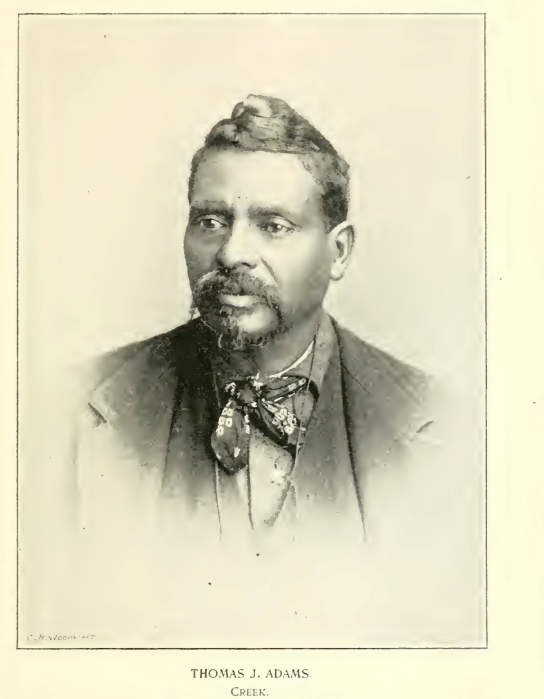
(OKLAHOMA – August 17, 2025) – When I first started researching my family’s genealogy, I thought I was just going to fill in a few blanks.
Instead, I uncovered a lie so deep, so systematic, it reshaped everything I thought I knew about who we are as a people.
I want to show you something personal.
Below, you’ll see two official U.S. government records—both documenting one of my direct ancestors. Thomas Jefferson Adams Harjo.
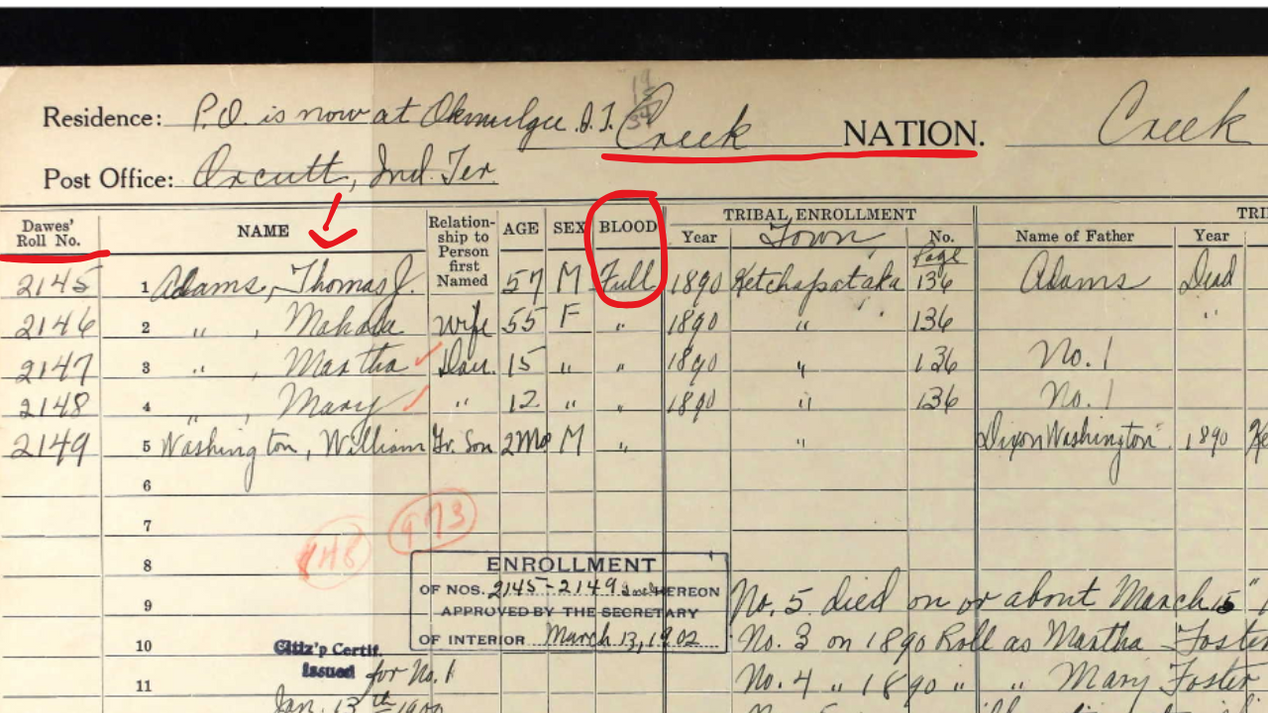
Creek Nation certificate
📜 The first is from the Dawes Roll, the federal list created in the early 1900s to register members of the Five Civilized Tribes.
As you’ll see, my ancestor is listed as a Full-Blood Indian—a clear acknowledgment of their tribal heritage and cultural identity.
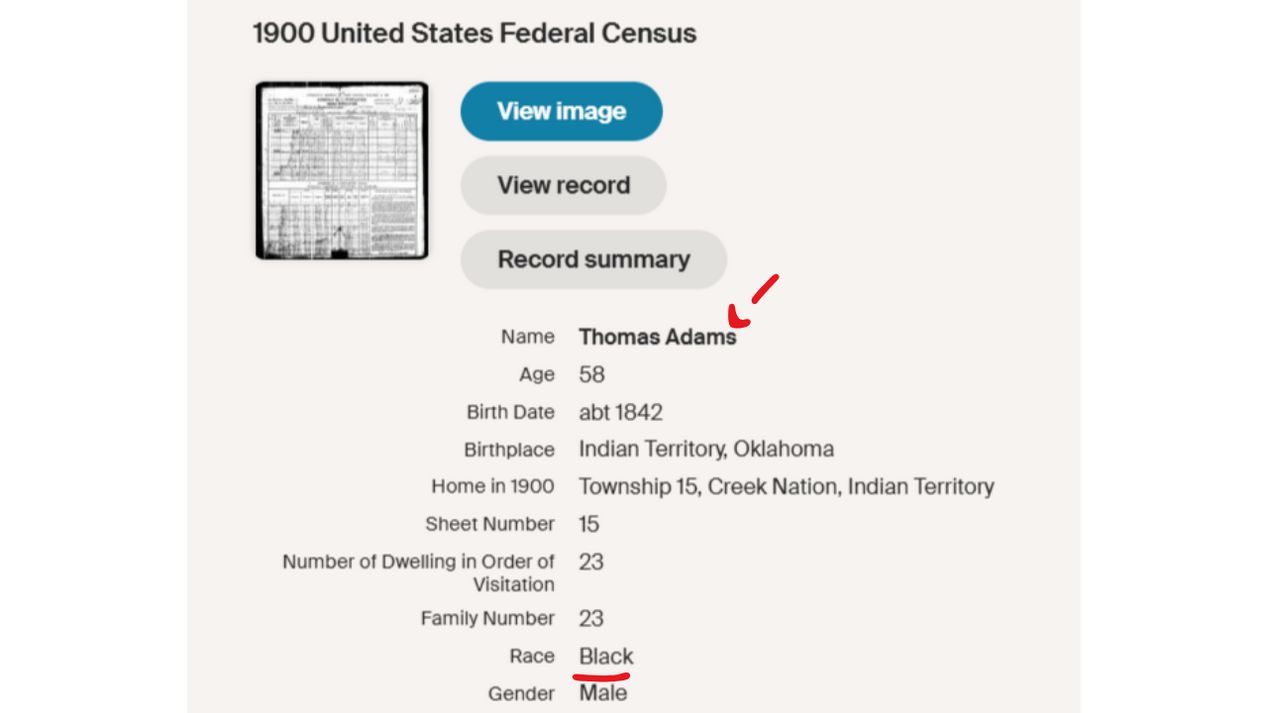
1900 US Census
But then, take a look at the second image:
📄 That’s the federal census record from just a few years later.
Same ancestor.
Same location.
But this time, the government marked them as Negro.
No tribe. No Indian classification.
Just folded into the general Black population—without consent, without explanation.
That wasn’t a mistake.
That was paper genocide.
This is what happened to millions of Indigenous Black Americans across the South.
Their identities were stripped away on paper—one document at a time—by a system designed to erase, absorb, and exploit.
This wasn’t just about racism. It was about land, power, and control.
By reclassifying tribal people as Negro or Colored, the government could:
Deny them land rights
Remove them from tribal rolls
Steal their inheritance
And make sure future generations never knew who they really were
This is why so many of our elders say, “My grandma said we had Indian in us.”
They weren’t lying.
They just didn’t have the tools to prove it.
Now we do.
And I’m not showing you this to just share my story—I’m showing you because this might be your story, too.
If you’re ready to go deeper, tomorrow I’m going to pull back the curtain on how far this went—how the reclassification of Black Indians was not an exception, but the rule across the Southeast.
You’re not crazy.
You’re not reaching.
You’re remembering.
—Mike
Founder, Native Black Ancestry
Published
4 months agoon
August 12, 2025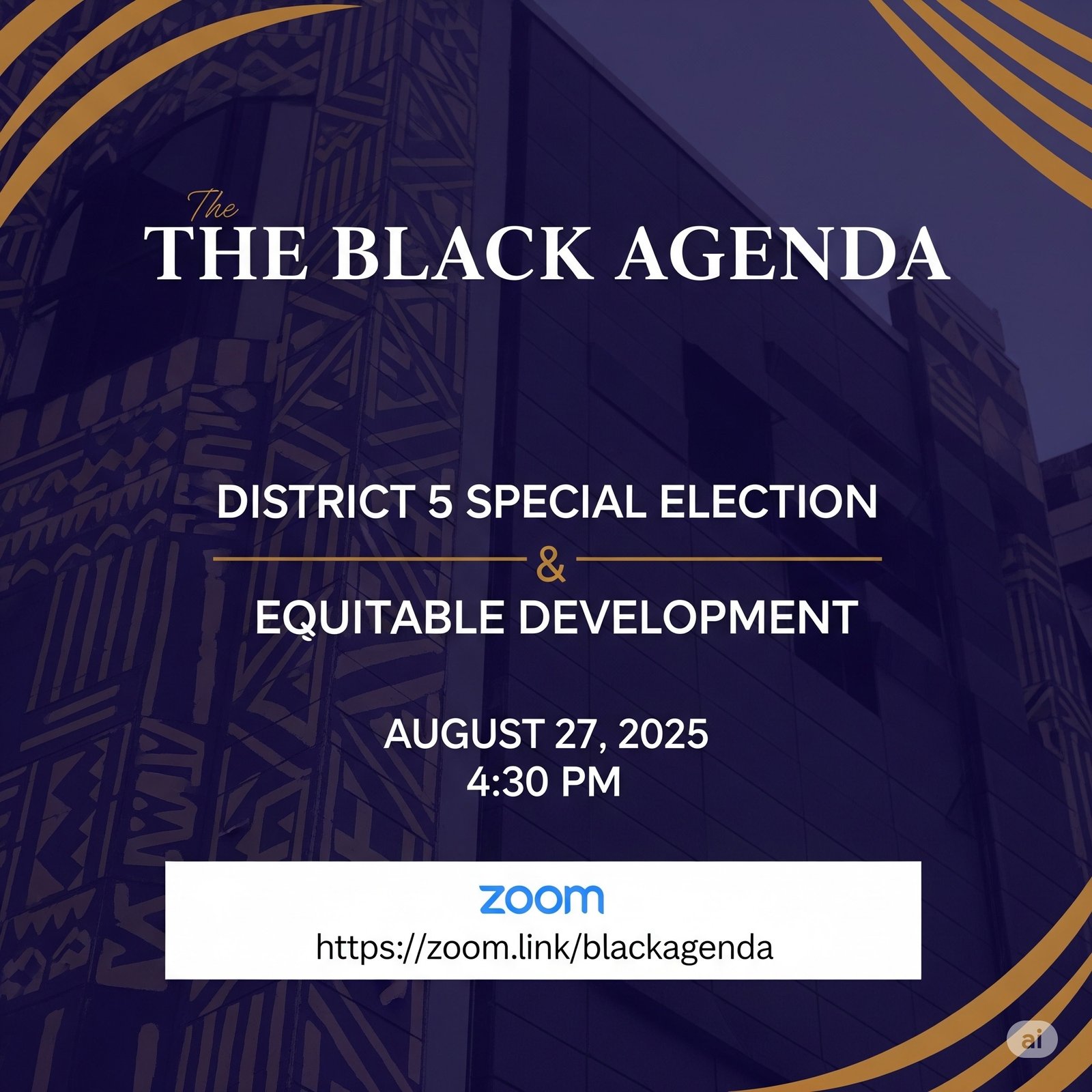
(TAMPA, FL – August 12, 2025) – The Black Agenda is coming! Join us this August for a powerful virtual town hall where residents, neighborhood associations, nonprofit leaders, faith communities, and other key stakeholders will come together to share their concerns and discuss solutions.
![]() This event will be streamed live and will feature candidates offering their vision for the future of West Tampa.
This event will be streamed live and will feature candidates offering their vision for the future of West Tampa.
This will be a street-level, bottom-up dialogue—focused on real voices, real stories, and real strategies to protect and uplift our community.
https://us02web.zoom.us/…/register/n2MwP53TQ-2e9xfih1rrAg

Join us this August for a powerful virtual town hall.
Published
4 months agoon
August 8, 2025
(CHICAGO – August 8, 2025) – This Saturday, internationally recognized labor leader and Chicago Teachers Union President Stacy Davis Gates will serve as an Honorary Marshal at the 96th Annual Bud Billiken Parade, the largest African American parade in the United States.
Why Does This Matter?
“DOGE already happened in Chicago. Our public school system was ravaged by the types of policies that are being implemented at the federal level right now: summarily firing female workers, Black female workers from the schools; closing schools—Rahm Emanuel closed fifty of them.” – Stacy Davis Gates (May 2025)
________________________________________________
About Stacy Davis Gates

Stacy Davis Gates










Subscribe to our newsletter to get the latest news directly to your inbox.


